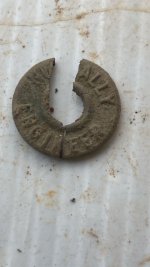bronzecannons
Full Member
Gentlemen,
Today I found a cache of 5 Silver Ingots weighing a total of 5.5 lbs! It was less than a foot deep.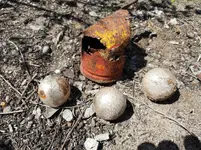
Has anyone ever seen Silver ingots like this? I wanted to confirm if they are Silver but due to the COVID-19 all the pawn shops seem to be closed. All I know is that they are very heavy size. Non-metalic (magnet doesn't stick). Possibly even PLATINUM?? LOL.. wishful thinking.
Can anyone help me identify this rusty can they were buried in?
Thanks in advance.
TW
Today I found a cache of 5 Silver Ingots weighing a total of 5.5 lbs! It was less than a foot deep.

INGOT DETAILS
1. 0.85 lbs. 1.750 inches diameter
2. 1.25 lbs. 1.850 inches diameter
3. 1 lb. 1.755 inches diameter
4. 0.90 lbs. 1.70 inches diameter
5. 1.30 lbs. 1.92 inches diameter
Total Combined Weight of 5.5 lbs.
Has anyone ever seen Silver ingots like this? I wanted to confirm if they are Silver but due to the COVID-19 all the pawn shops seem to be closed. All I know is that they are very heavy size. Non-metalic (magnet doesn't stick). Possibly even PLATINUM?? LOL.. wishful thinking.
Can anyone help me identify this rusty can they were buried in?
Thanks in advance.
TW
Attachments
Upvote
40


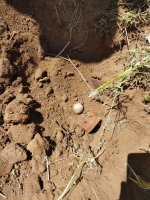
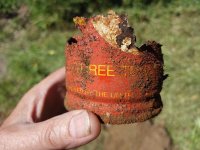
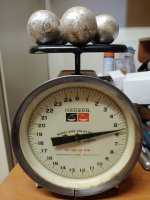
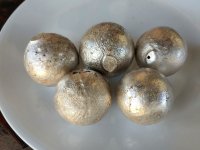



 ?
? 

